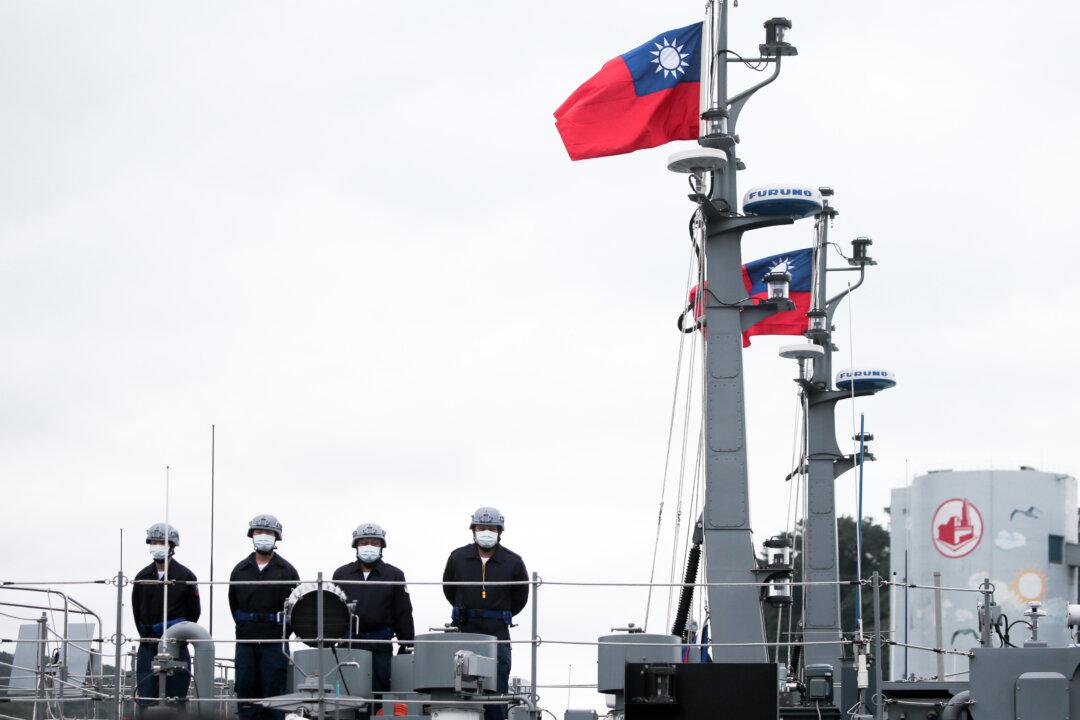News Analysis
The Chinese Communist Party (CCP) disguises its intent to subjugate Taiwan via a siege. Inspiration for this effort comes from Chinese military and diplomatic history.

The Chinese Communist Party (CCP) disguises its intent to subjugate Taiwan via a siege. Inspiration for this effort comes from Chinese military and diplomatic history.